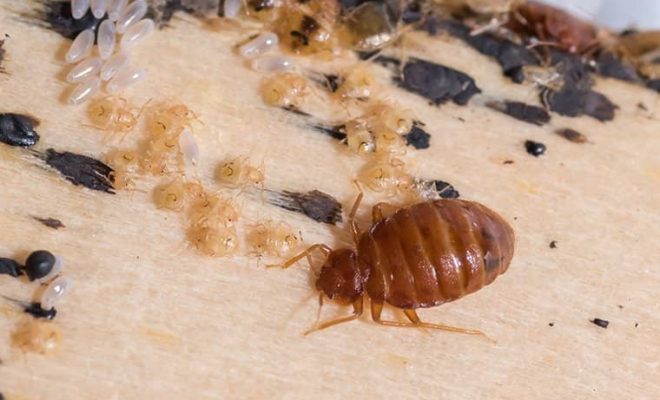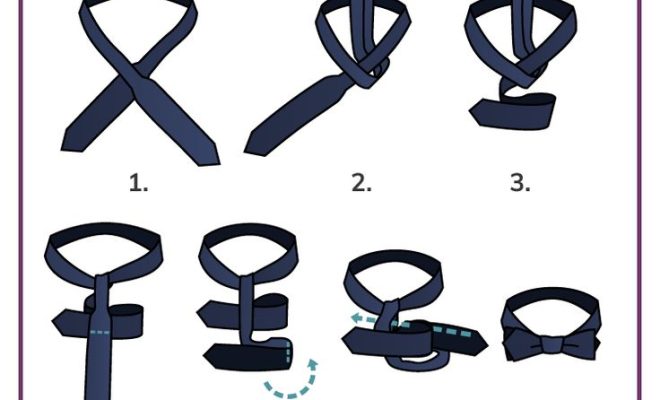How to Identify a Bed Bug Infestation

Introduction
Bed bugs, scientifically known as Cimex lectularius, are small wingless insects that feed exclusively on the blood of warm-blooded animals, especially humans. They have become increasingly prominent worldwide due to the resurgence over the past few decades. An infestation can not only lead to sleepless nights but also cause frustrating inconveniences for homeowners and renters alike. Learning the key signs of bed bug infestations is the first step in combating this growing pest issue plaguing households everywhere.
1. Identifying bed bug bites
One of the first signs of a potential bed bug infestation is the appearance of bites on your body. Bed bug bites often resemble small, red, itchy bumps or welts, often arranged in clusters or lines. However, because they can look similar to bites from other insects such as mosquitoes and fleas, it’s important not to rely solely on these marks for identification.
2. Spotting live bed bugs
Adult bed bugs are about 4-5mm long and have a reddish-brown color. When fully engorged, they can appear balloon-like in shape and become bright red due to the consumed blood. Nymphs/immature bed bugs are smaller and more translucent. It is essential to inspect bedding seams, mattress folds, box springs, headboards, and other furniture for live bugs.
3. Recognizing fecal spots
Another indicator of a bed bug infestation is their fecal matter or stains on fabric surfaces like mattresses or bedding. These spots consist of digested blood droplets that turn black when exposed to air. Look for these small black stains around seams or corners where bed bugs may be hiding during daylight hours.
4. Discovering cast skins
As bed bugs transition through different life stages (from nymphs to adults), they naturally shed their outer exoskeleton (skin). The discovery of these cast skins around your sleeping area indicates the presence of bed bugs and can provide evidence of an infestation.
5. Detecting bed bug eggs
Bed bug eggs are another sign of an infestation; they are typically 1mm in size and have a creamy-white color. These eggs are often found deposited in clusters within the seams of mattresses, hidden crevices, or along baseboards near your sleeping area.
6. Unpleasant odors
A strong, musty smell not unlike the scent of wet towels might indicate the presence of a bed bug infestation. This odor comes from the alarm pheromones that these pests release when disturbed.
Conclusion
Since bed bugs can proliferate quickly and are notoriously difficult to eradicate, early detection is key. Familiarizing yourself with these six signs can help you recognize a potential problem before it gets out of hand. Decisive action, such as notifying your landlord or engaging professional exterminators, should be taken once a bed bug infestation is confirmed to ensure that these pesky creatures don’t continue to disrupt your life.






